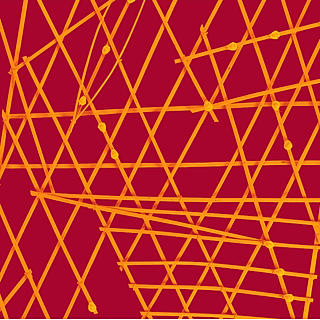Farming Invented Twice in Middle East
- Admin
- Aug 14, 2017
- 2 min read
Two Middle Eastern populations independently invented farming in the region, according to the genomes of 44 people who lived between 14,000 and 3,500 years ago in present-day Armenia, Turkey, Israel, Jordan and Iran. The research supports archaeological evidence which points to the multiple origins of farming during the Neolithic Revolution.
The Neolithic Revolution began some 11,000 years BCE, when human populations living in the Fertile Crescent moved away from their nomadic, hunter-gatherer lifestyle to a more sedentary existence based on cultivating the land. This new way of living would in turn give rise to the first permanent settlements and the emergence of the first towns, cities, and civilisations.
This period witnessed the domestication of the first cereals and animals, causing a huge population explosion, leading to the emergence of hierarchical societies and increased labour specialisation.
The DNA analysis on the 44 individuals' genomes was conducted by a team led by population geneticists Iosif Lazaridis and David Reich of the Harvard Medical School in Boston, Mass. The warm climate of the Middle East had previously made it difficult to obtain suitably-preserved ancient DNA, but because of recent technological advances, the team were able to extract suitable DNA from a tiny ear bone called the petrous.
According to the findings, it appears that the hunter-gatherers of the southern Levant region, including Israel and Jordan, developed farming independently from their neighbours living across the Zagros Mountains in western Iran.
These findings support archaeological evidence which shows how each region had strong local traditions, and shared no communication with each other over the course of centuries, if not millennia.
The farmers in the southern Levant region domesticated barley and wheat, while their counterparts in the Zagros Mountains cultivated their own crops, such as emmer.
The two populations may have come together and mixed around 9,500 years ago— possibly in eastern Turkey where they may have met on their search for obsidian from which they could fashion tools.
Spreading the Revolution
The study also posits that the Iranian farmers may have made their way into the Eurasian steppe and eastwards into what is now India and Pakistan. Their southern counterparts, on the other hand, journeyed to Africa, perhaps initiating new farming traditions in East Africa. The Eurasian migrants might therefore have triggered a 'back-to-Africa' migration some 3,000 years ago— a claim supported by the discovery of DNA from what may have been a Middle Eastern farmer in a 4,500 year old skeleton from a cave in Ethiopia.
The paper is particularly important because it lends credence to the reliability of extracting ancient DNA from hotter climates, which is especially important given that many of the most important events in human prehistory took place in areas such as these.
Did you know that agriculture emerged independently in at least 11 different parts of the globe? First emerging on two independent occasions in the Levant.
What do you think? Please share your thoughts down below!





























Comments